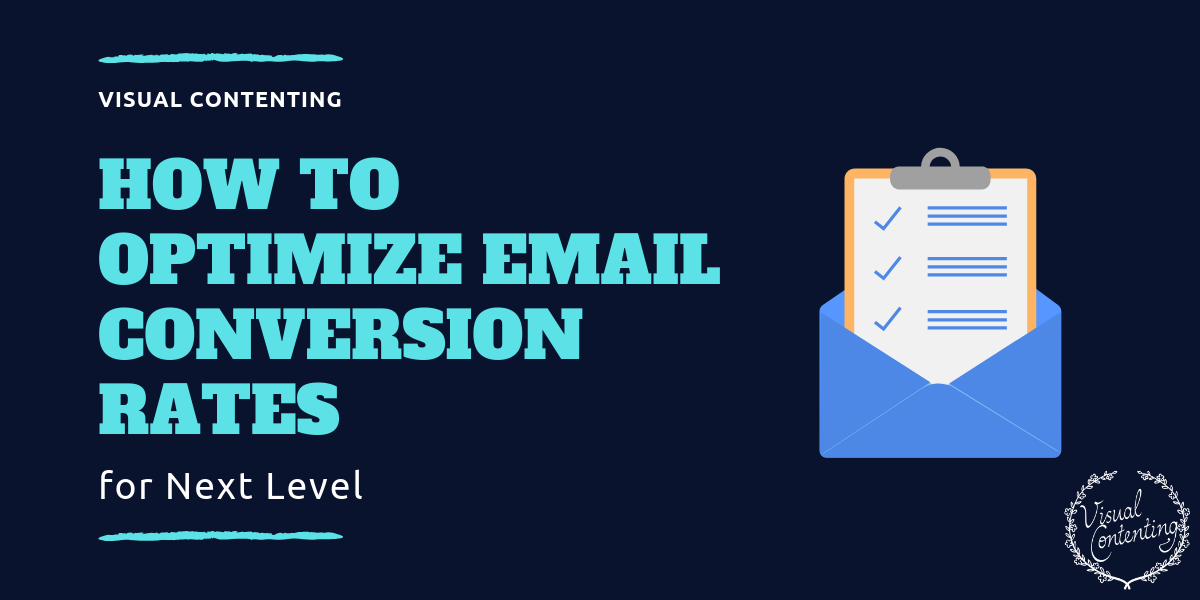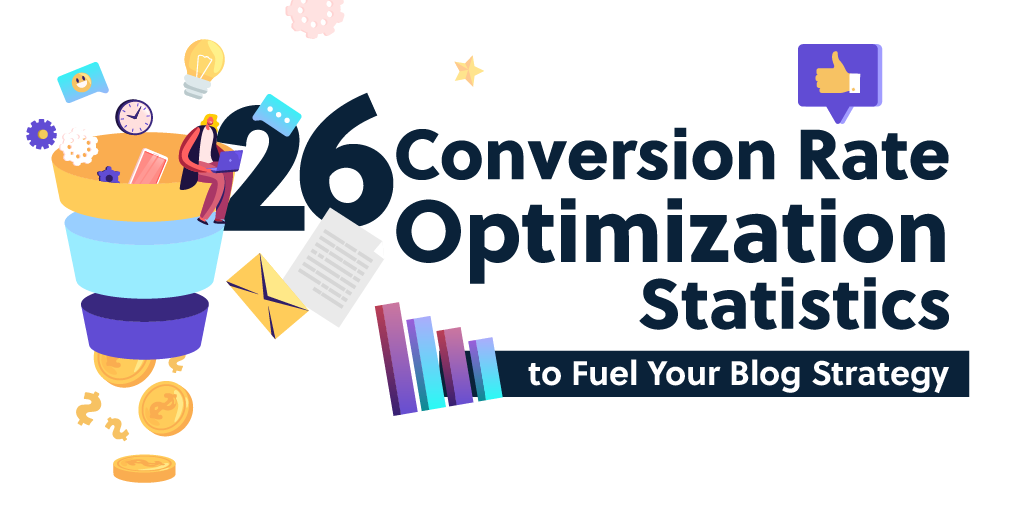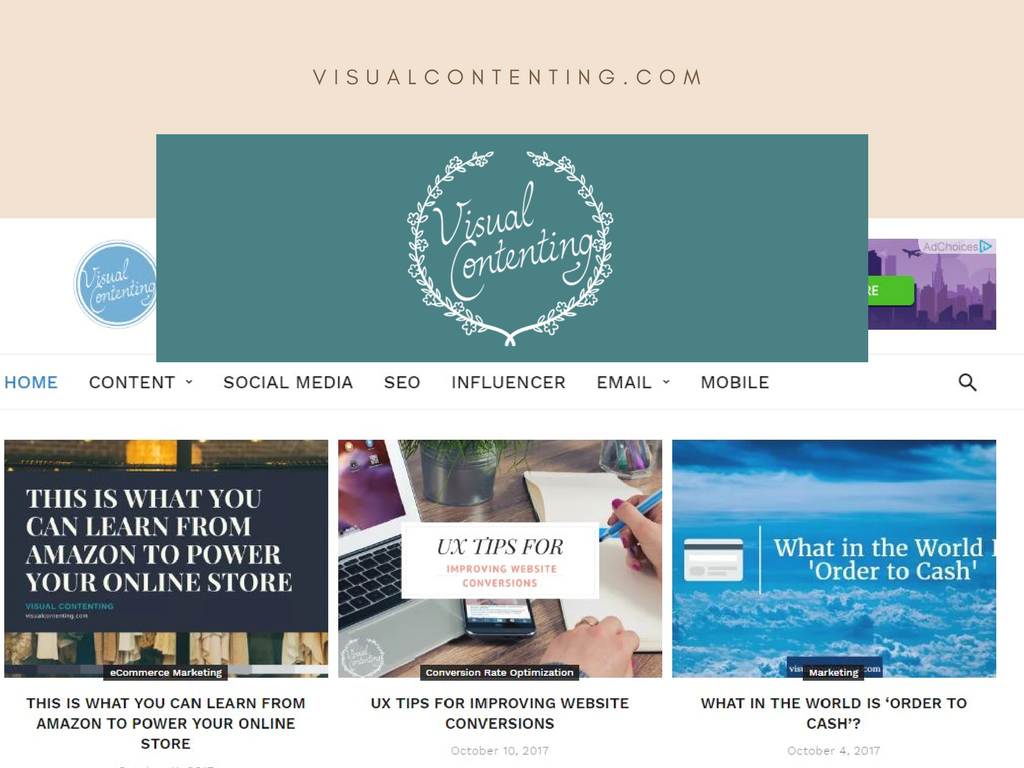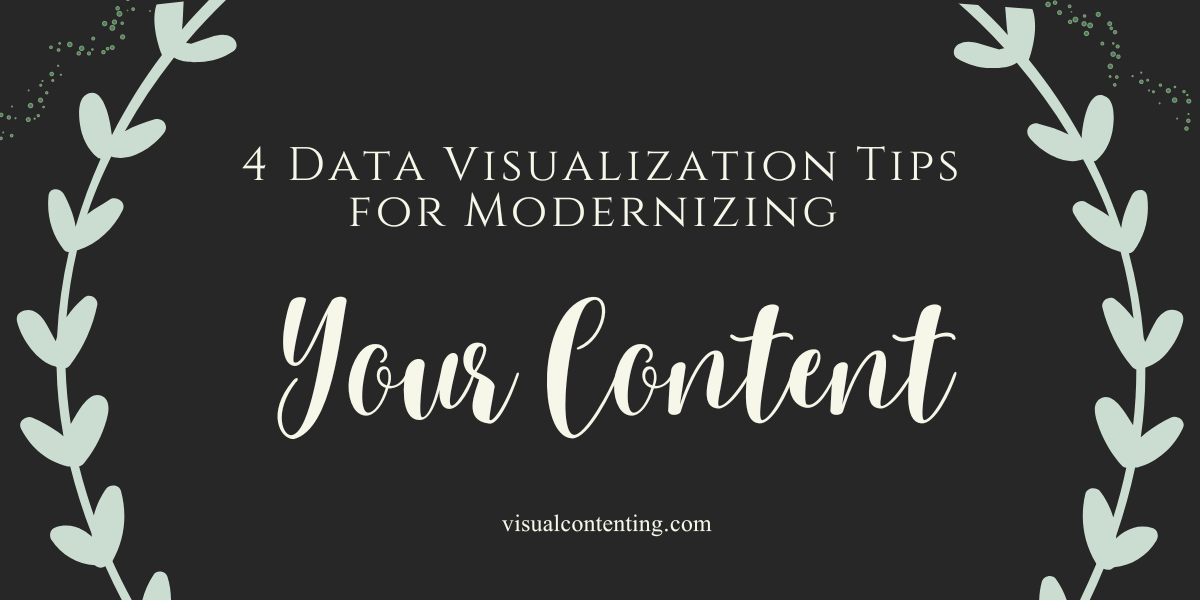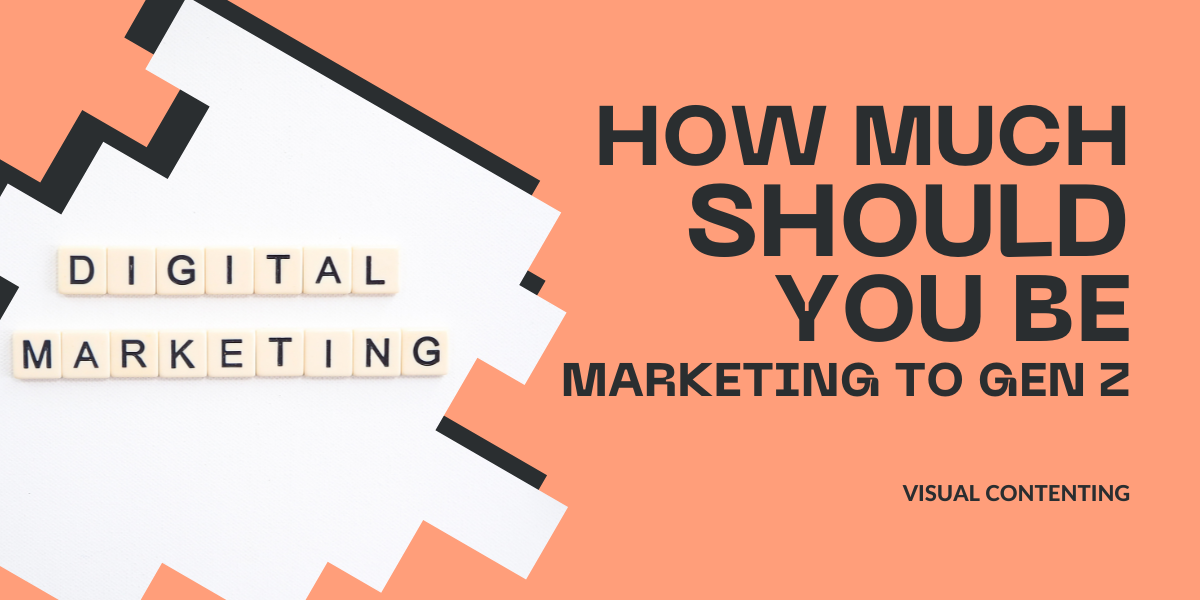When conversion is the topic of discussion, email marketing can't be factored out of the conversation? Why? Simply because it's proven to be the ruler of all marketing tactics - with the highest ROI than any other channel in B2B marketing.
- 99% of consumers check their emails every day (HubSpot). 99% of consumers check their emails every day Click To Tweet
- 80% of business professionals believe in email marketing's capabilities to increase customer retention (HubSpot). 80% of business professionals believe in email marketing's capabilities to increase customer retention Click To Tweet
- 59% of respondents revealed that marketing emails influence their purchase decision (HubSpot). 59% of respondents revealed that marketing emails influence their purchase decision Click To Tweet
- 93% of B2B companies use email to distribute their content (Content Marketing Institute). 93% of B2B companies use email to distribute their content Click To Tweet
- As of 2019, active email accounts are expected to be around 5.6 billion (Statista). As of 2019, active email accounts are expected to be around 5.6 billion Click To Tweet
But there's a catch here... That return on investment you're probably drooling over only happens when your email marketing campaigns are successful at convincing your customers to partake of your products or services.
You may be a pro at gathering killer open rates, but when your recipients aren't clicking on a landing page link to no more, or aren't signing up to your services, then you're definitely in need of some help with your lead generation. That's right. Open rates should go hand in hand with coveted conversion rates.
What Exactly Does Email Conversion Entail?
Instapage defines email conversion rate as "the percentage of subscribers who complete a goal action." And email marketing conversion rate can be calculated by the following formula, according to the experts.
Divide the number of conversions by the number of delivered emails, and multiply that quotient by one-hundred. For instance, let's say you have 20 successful conversions out of 100 delivered emails. Using the formula, that gives you a 20% conversion rate.
And when we talk about conversions, what immediately comes to mind as indicators are things like the number of downloads, registrations, increasing sales etc.
April Mullen, Senior Marketing Strategist for Selligent on the Litmus blog has this say:
"Email is so much more than the final conversion event,” she writes. “It has a critical hand in the revenue-driving process by moving your customers down the funnel toward the website through a series of micro-conversions — all the smaller, desired actions that your customers go through to reach the end goal you had in mind for the campaign.
“Everything from delivered, opened, clicked, etc. should be considered as conversion events or micro-conversions that all have a hand in a campaign’s success."
So, is there a set standard for a successful conversion rate? The only correct answer here is to have better conversion rates than the one you have now.
In cases of conversion rates for email marketing, the likely scenario is that you're going to be competing with yourself. Every email marketer needs to take a closer look at the data to see where their strategies are lacking and plan CRO techniques in response.
As we've mentioned before, open rates don't automatically translate to successful conversion rates. Every marketer must take a close look at the feedback data, interpret it, and create CRO strategies to make up for what's lacking.
The answer to your need may lie in altering certain elements of the email campaign. Sometimes, it's something as easy as making slight changes to the subject line, reconstructing the message body, or creating different versions of CTAs.
Other Means of Email List Segmentation
Any smart email marketer would know that email list segmentation is part of the success formula that could improve the efficiency of your email marketing campaign. In fact, a personalized email delivers 6x higher transaction rates.
Unfortunately, there are still some online marketers who seem to neglect even the simplest email marketing tools, practices, and techniques. And even if they are practicing list segmentation, they aren't very optimal.
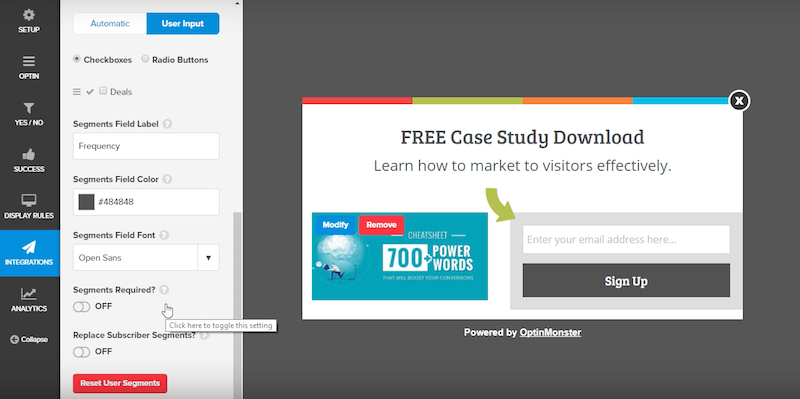
The most popular method of segmenting email lists is by demographics. And in all truth, this is less effective than other targeted emailing methods that are also infrequently used.
Emails aren't one-size fits all deal. One can be effective to one and completely ill-fitting for the other. And as we all know, customers who aren't interested won't bother to read it, open it, even read it. And what's the worst of the worst, they will unsubscribe.
Forget about making assumptions for customer personas, or making presumptions about their wants and needs based off of demographics only.
Know Their Preferences
Upon clicking on your "subscribe" button, immediately give them a short yet relevant form that asks about their interests. Take this Fashion retailer No Rest for Bridget, for instance.
They have come up with lists for their business-to-client communications. Their subscribers have the option to choose which lists they would be interested in. And what do you think is the likely outcome of this? Subscribers can receive information relevant to them and won't find anything unnecessary at all.
Don't Ignore Their Buying Behavior
A great way to segment your email list is through taking audience behavior into account. Make use of email reports to find out which emails they're opening, and which ones they're clicking on.
Similarly, you can also create lists for customers who bought a specific product or partook in a particular service. You can then send them emails about those items.
One good example of this is the Festival City Theatres Trust in Scotland. They have 20 different email lists for various types of performances they host. Upon signup, new subscribers are free to choose which list they want to be a part of. Plus, when they purchase tickets for a specific show, they are added to the email list accordingly.
Considering Relationships
You may think you have your target audience down pat. But even when you've found the right audience to target, they can still be segmented into several email lists. Organizing an email list by customer status or relationship can help you give the right information to the right people.
For instance, avoid sending web design-themed emails to a client who's acquiring email marketing services from you.
Recommended: Segmenting Your Email List to Improve Response Rate
The Email’s Subject-line
Whether we care to acknowledge it or not, recipients of our email campaigns judge the mails we send by the subject lines they see. And for an email marketer, that means choosing your words very carefully. Crafting an email subject line takes a decent amount of target audience knowledge, and mad copywriting skills.
And since people expectedly judge your email subject lines, it's also fair to say that it determines whether or not your emails are opened or thrown straight into the recycle bin.
Email subject line CRO is all about the process of testing, analyzing, and tweaking your subject lines based on how your target audience responds to it. The objective is to identify which elements draw your audience's attention the most.
It's worth mentioning once again that none of these optimization tactics are a one-size-fits-all situation. This is because every company's consumers are different, and what appeals to one audience segment may not work for the other. All the same, some of the best practices in writing effective email subject lines should still be mentioned.
Keep Your Subject Lines Short
Remember that the majority of users nowadays use their smartphones for checking their emails, or to just surf around the internet in general. A long email subject line that contains, say, 2 complex sentences won't do, and will deflect attention immediately.
The magic number you should remember for the number of characters is 50 or less. At the very least, your recipients would scan through the entire email subject line before making the final verdict.
Personalize Your Email Subject Line
If you see your name plastered on some government wall while you're walking down the street (even when you just changed a passing glance at it), wouldn't you turn around and see what that post was about?
The same logic applies to writing and optimizing email subject lines. They add a sense of familiarity. And in HubSpot's study, it was revealed that subject lines that hold the first name of the recipient have higher CTR rates than those who don't.
Communicate a Sense of Urgency
If the message comes across as complacent, do you think anyone (even you) would bother to click and see what's up?
A huge part of your email campaign's success is attributed to your recipients clicking on your emails and reading what's inside. And the process begins with a compelling and urgent subject line. Couple this with a personalized opening line, and maybe you'd have yourself a winner.
Furthermore, it's worth noting to capitalize on "urgency" during special holidays or special company celebrations.
Cultivate a Sense of Exclusivity
It's important to note that you need to make your email recipients feel special. Because the rarer something appears, the more value it has. It's a simple case of wanting something you can't easily acquire. Emphasizing and highlighting exclusive value ignites curiosity in your target audience. In addition, you make them want to know exactly what they're missing out on.
Ask a Compelling Question
Asking questions doesn’t just refer to you creating interrogatives that boggle the mind or spark curiosity. They can be simple questions too, once in a while.
Recommended: Why Your Cold Emails Are Ignored (and What to Do About It)
Optimizing the Message Body
So your audience gets past the sender and the email subject line. And because they clicked on your initial introduction, it’s safe to assume that their expectations for finally seeing the meat of the email are quite high - and reasonably so.
Keep in mind that click baiting does you no favors, and coupling an attractive email subject line with a tasteless message is just bad for your business reputation.
If you want more chances for conversion, then your message body must be unified with the overall theme your email subject line is building.
Email Content for Specific Stages of the Sales Funnel
Winning your target audiences' hearts will require personalization. In fact, 96% of organizations strongly agree that personalizing email content improves email marketing performance. This includes integrating content with the recipient's specific stage in the sales funnel.
Taking the customer journey into account, you can send campaigns to your customers and prospective clients based on specific triggers, like:
- Amount of time since this person agreed to receive newsletters from you.
- Open and click-through rates.
- Past purchases and previous conversion rate.
- Average order value.
Types of emails you can send in response to these triggers include:
- Welcome emails: This should be a standard. When people subscribe to your email list, immediately tell them that you're glad to have them on board.
- Re-engagement emails: These emails are intended for customers who have left the site and haven't gone back to visit ever since.
- Post-purchase emails: This email is sent right after a customer has purchased something. Either send them a short but sweet 'thank-you' note, or do some upselling or cross-selling.
- Cart abandonment emails: Use this email to tap a customer's interest anew after they left an item in the cart.
Recommended: How to Build a Perfect Marketing Funnel Using Email
Mind Your Email Formats
Email marketing takes integrated effort, and getting your formatting right just might be the big determining factor between attracting people who read what you have to say or abandon your email before they've even begun reading.
Some email formatting blunders you'd want to avoid include:
Hidden information: Visuals are great, but don't make the mistake of hiding valuable information in an image. Some images are blocked by default, and there's a chance that your recipients would miss the vital information. Not only will you highly fail at attracting the click, but you also risk your email being labeled useless.
Incorrect email width: Emails that are too wide or too narrow deliver bad impressions. If your email can't respond to a person's screen, then you stop people from reading or clicking. Make sure your email design is responsive to all screen sizes.
Desktop exclusive emails: Mobile outpaced the number of desktop computer users a long time ago. An email that's not optimized for mobile reading is prone to abandonment.
Huge blocks of text: Similar to how you read a blog, nobody wants to read huge chunks of text clumped together. If your email is longer than average, break it up with the use of subheadings. Make your email skimmable and readable.
How to Improve Email Content
So you get your subscribers and recipients to successfully open your emails. Well, what now? Content is what keeps them reading and retains their attention. And a couple of other things you could do to make your content more effective include:
- Interactive content: Stagnant content barely gets attention. Write content that involves your recipients. You can use videos, animated GIFs, YouTube thumbnails, quizzes, trivia, etc that will help you retain the users' attention.
- Conduct surveys: Consistently ask for feedback from your customers. The only people who know themselves better are themselves. By identifying their pain points, you can deliver what they need in the future.
- Have social sharing buttons: Shares on social media are clicks too. Buttons are interactive, and they increase your chances for better CTR.
- Always mention incentives or rewards: Let your recipients know what's in it for them when they sign up or avail of a promotion you're publicizing.
Recommended: 7 Email Marketing Trends to Start Implementing Right Now
Crafting the Perfect CTA
Clear and compelling calls to action always win all the clicks and click-through rates. Your CTAs are the final instruction to your readers - the mother of all takeaways. A beautifully crafted and strategic CTA will inspire action; will persuade people to visit the site, check out more content, or even purchase a product.
But what is it about a CTA that makes it good, or makes it convincing enough to attract other people's attention.
For starters, a groundbreaking CTA relates strongly to content that's present in the landing page, as well as inspire people's motivation for taking action on that content. And of course, any good CTA must send clear messages about the benefits they can reap when they act.
The basics of writing effective CTAs for your email marketing campaign include:
- Using loads of action words.
- Focusing on value.
- Personalizing the CTA.
- Drumming up anticipation and curiosity.
- Minimizing risks for the customer.
- Inspiring scarcity and urgency.
- Showcasing social proof and benefits.
The Takeaway
Email has been around for as long as anyone of us could remember. In fact, it's been in existence for decades, and yet, it's still deemed as one of the most effective digital marketing tools that businesses benefit from.
It keeps you in touch with customers and business clients alike, and with the advent of better and bigger digital marketing tactics, it has become one of the best tools to utilize for making conversions.
When it comes to conversion, email is the head of that marketing tactic. It has the highest ROI against all other channels in B2B marketing.
And what do you get when you optimize your emails for conversions?
- A deeper knowledge of your customers.
- Lower customer acquisition expenses.
- Data for better decision-making.
- More leads for the business.
- Better site and landing page revenue.
